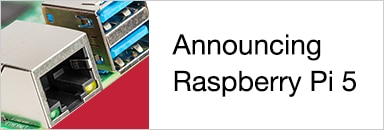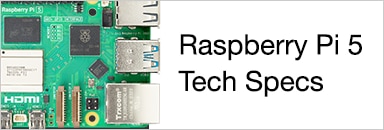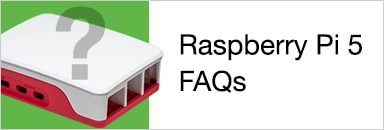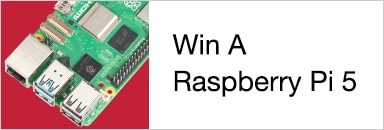I want to run my RPi from DC sources. (1) 12 volt sealed cell battery. (2) 2 to 4 cell lithium packs, and (3) perhaps even a set of AA batteries. As we know, the RPi gets glitchy if not running right around 5v, with a load applied. Therefore I am looking for a converter (or converters, if one is needed for each situation) that will work with the above sources. With the 12v and lithium batteries I'll need to set a cut-off voltage, so I don't kill the battery. If the output voltage can't be maintained at 5v when under load then I'll need a method of tweaking the output for a given load situation. Obviously, since this is for an RPi project, I don't want a converter that is the size of a PC power supply; the smaller the better.
Are there such off-the-shelf converters that I could use and if so then can someone point me to them?
Thank you in advance,
Andrew





